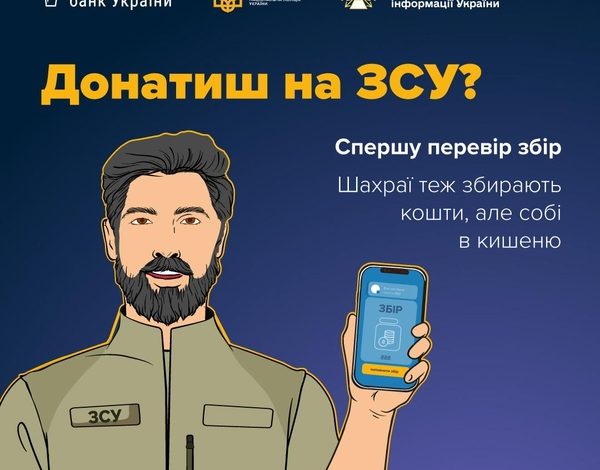
With the onset of the full-scale invasion, there was a wave of volunteering, but along with it, fraudsters also became more active.
On social networks and messengers, pseudo-volunteers appeared, disguising themselves as military personnel, clergymen, or real volunteers, collecting funds supposedly for the Armed Forces or wounded soldiers, and then embezzling them.
How fraudsters operate:
- they steal texts of posts on social networks and photos of real volunteers;
- they create fake accounts;
- they indicate their accounts for collections;
- they use manipulative texts for emotional pressure.
How to recognize fake volunteers?
- There is no clear information about who the collection is for, what is being purchased, how much is needed.
- There are no reports: no photos, no videos, no documents.
- The text is pure emotional manipulation without facts.
- Strange fonts, many emojis, replaced letters — all to avoid blocking.
- The page looks impersonal, often without group photos.
To verify a collection:
- ask for reports from previous periods and collections;
- learn more about the volunteers, in particular, whether they cooperate with known organizations or public figures. In such cases, there should also be information about joint activities on the official pages of the respective organizations and influencers;
- whether they have awards or recognitions for help and reviews of their activities;
- whether the work of the volunteer or private individual is highlighted in the media;
- use Google’s image search service to verify photographs and screenshots of documents under the collection — fraudsters usually use stolen photos from others in their profiles;
- verify the authenticity of the volunteer’s identification by contacting the organization that issued the document. If it’s a private individual, find out why they are not registered as a volunteer.
Always be cautious and careful! Cyber police.

